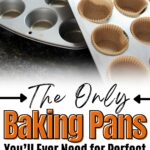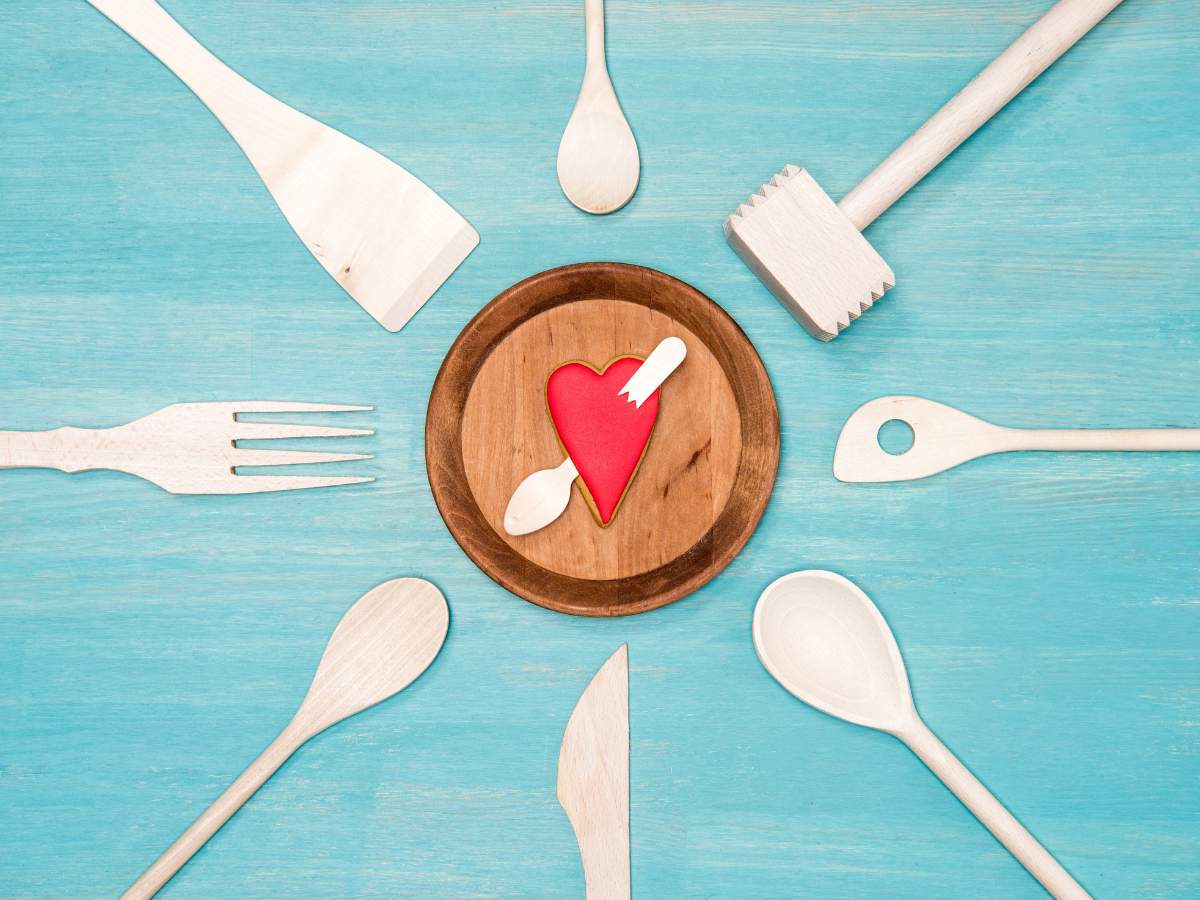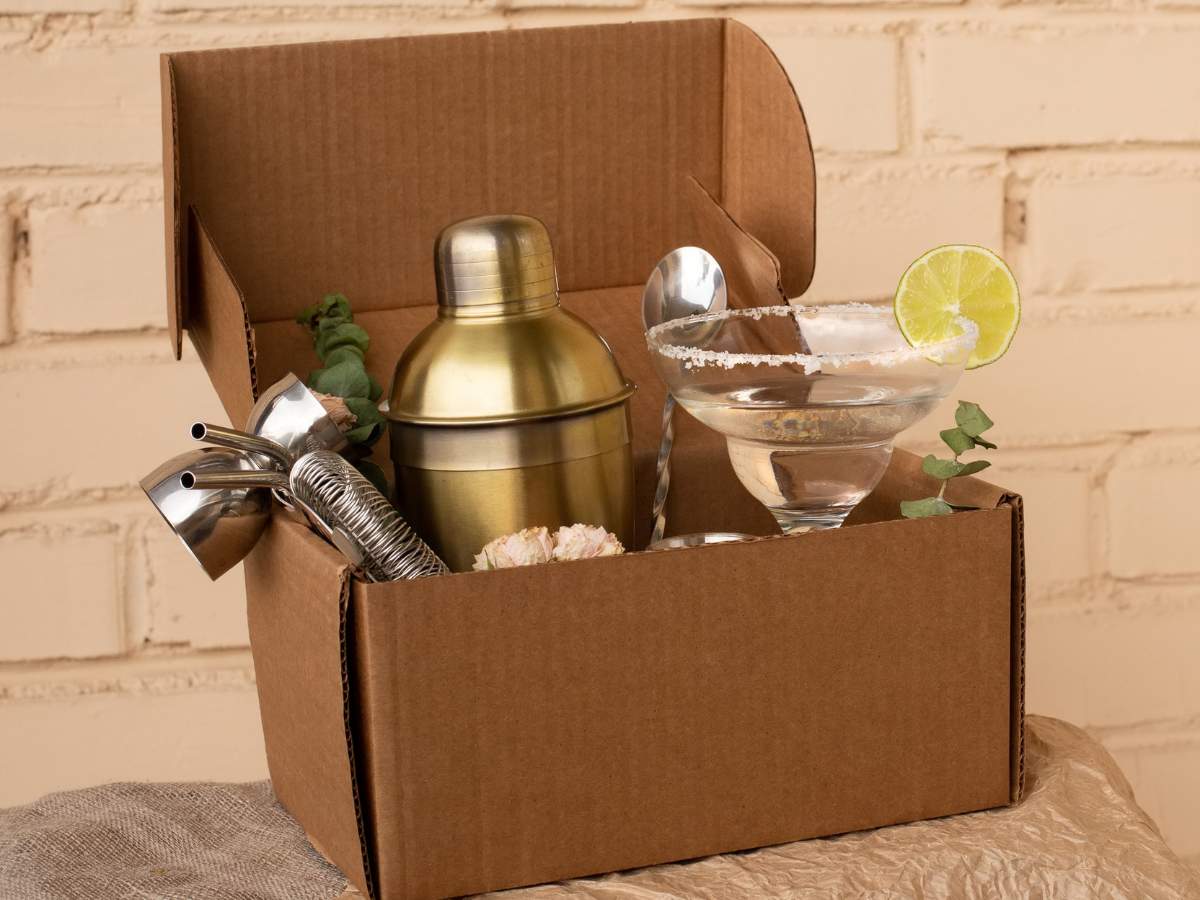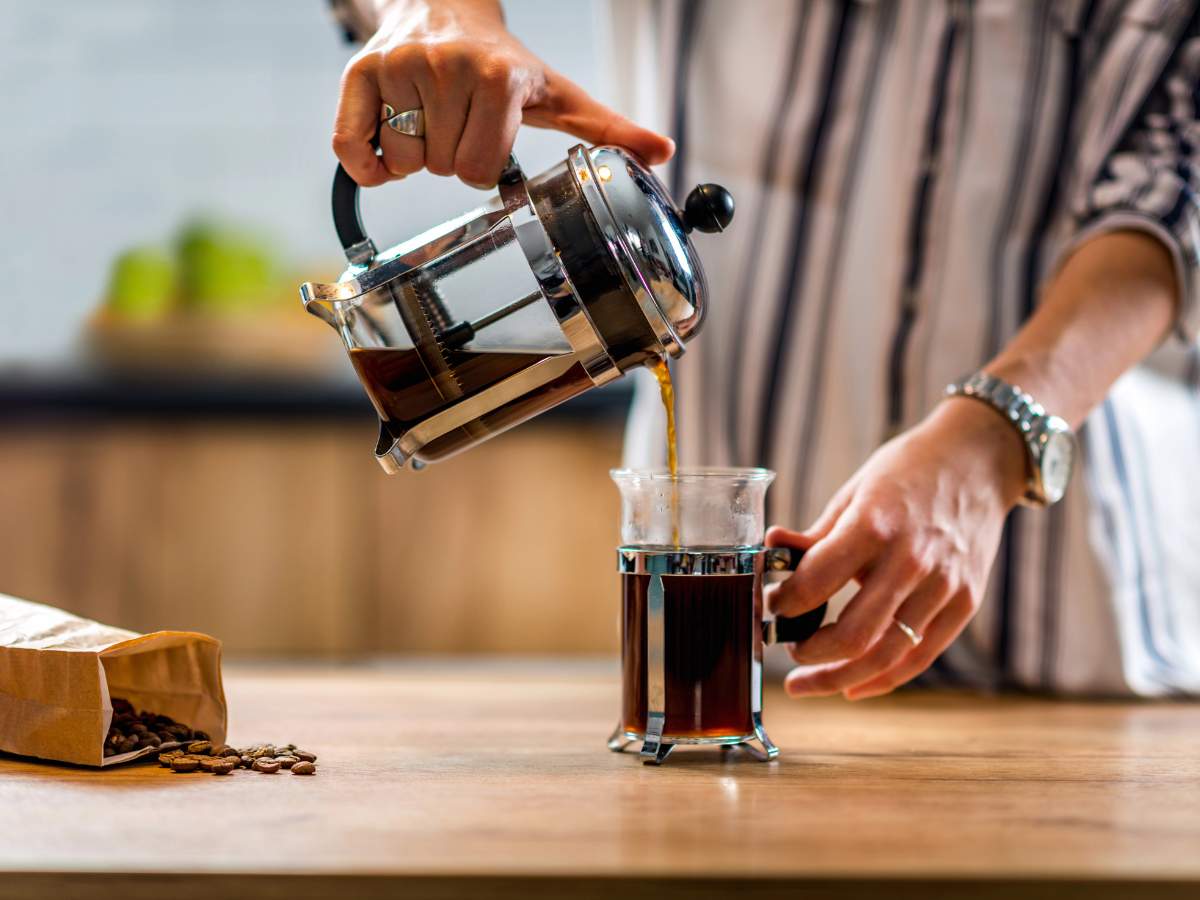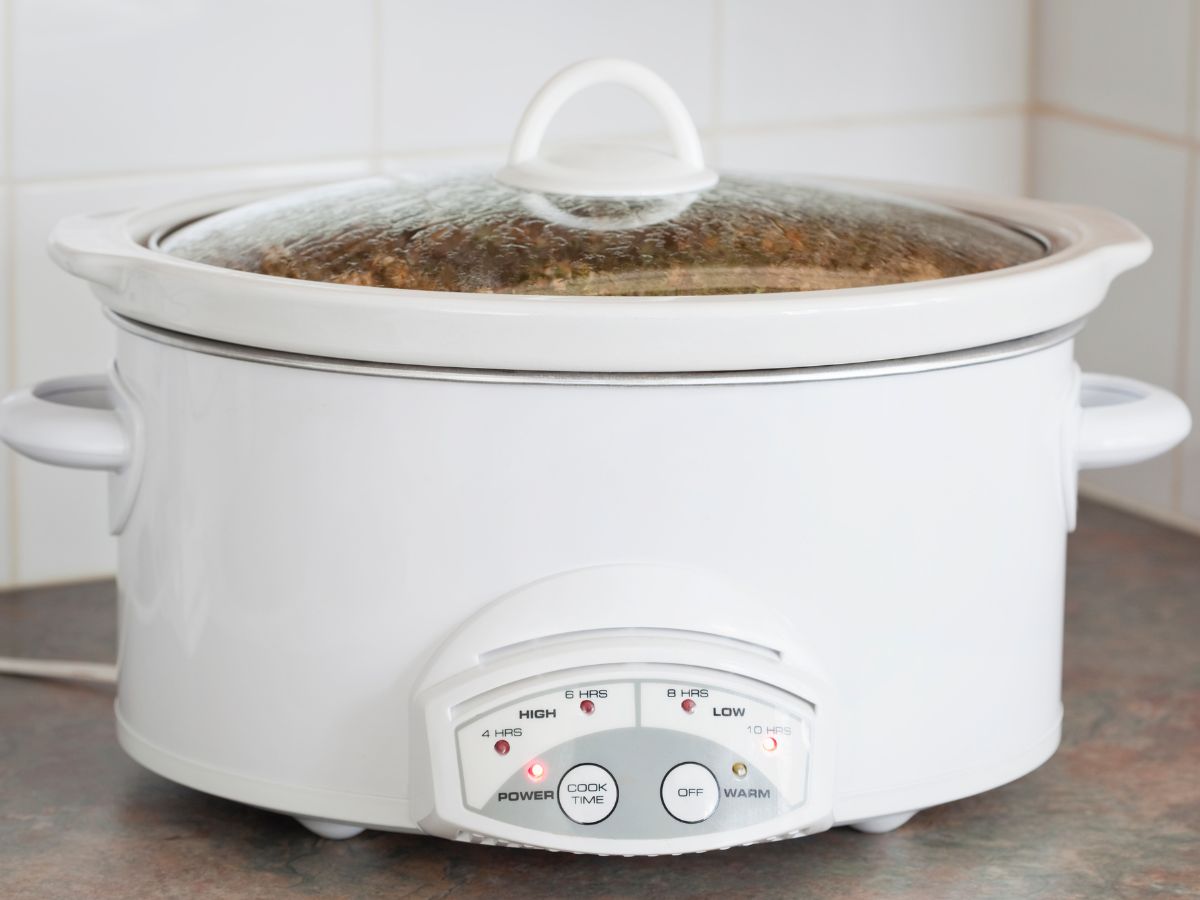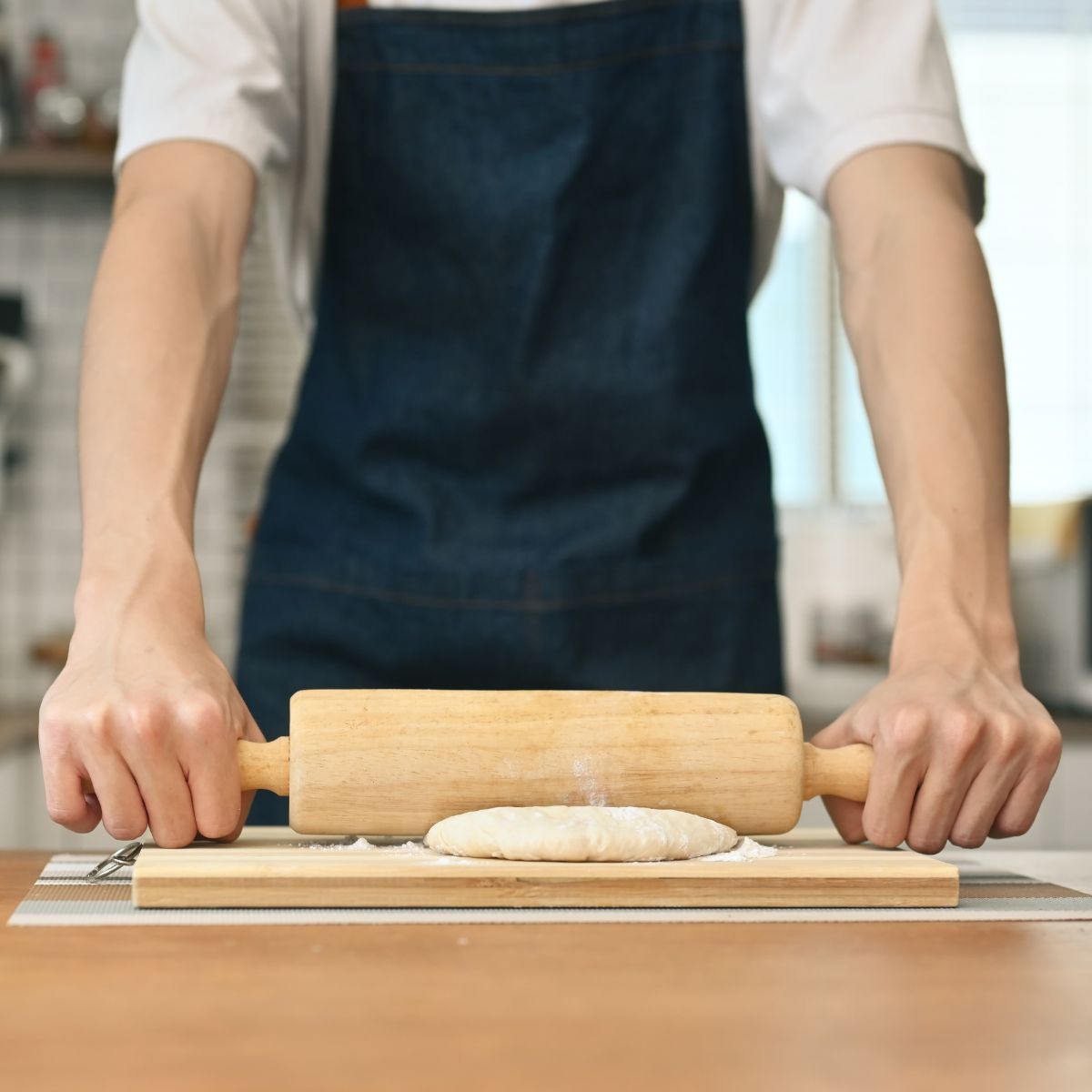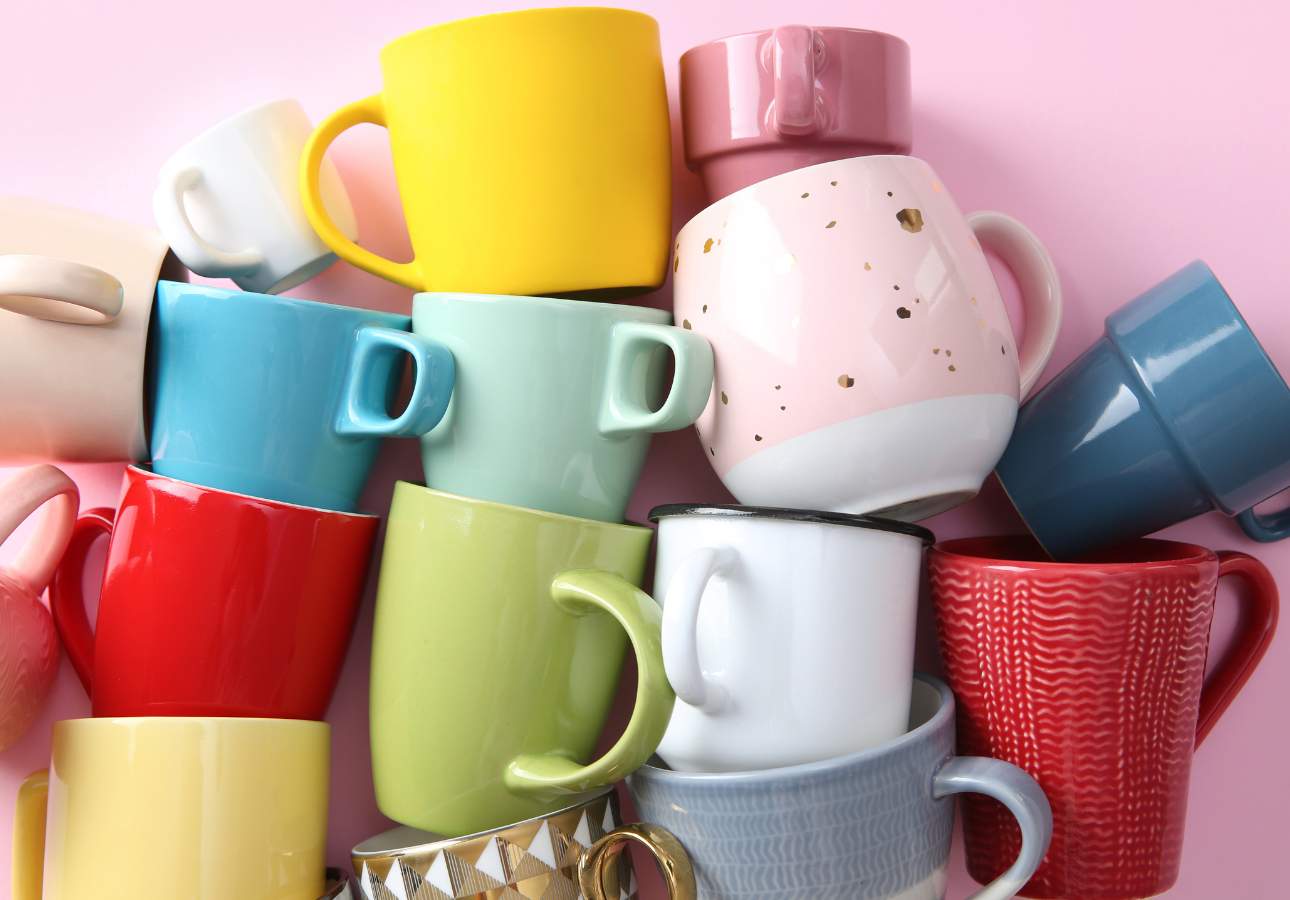Bake Like A Pro: The Only Baking Pans You Will Ever Need
As a participant in the Amazon Services LLC Associates Program and other affiliate programs, Easy Homemade Life may collect a share of sales or other compensation from the links on this page. This comes at no additional cost to you, and all the prices and availability are accurate at the time of publishing.
Fellow baking enthusiasts, you know the importance of having the right tools on hand. Enter the unsung heroes of the baking world — your trusty baking pans. Let’s go over the essentials — the pans that will have you baking like a seasoned pro in no time. These pans are incredibly versatile and the only ones you will ever need.
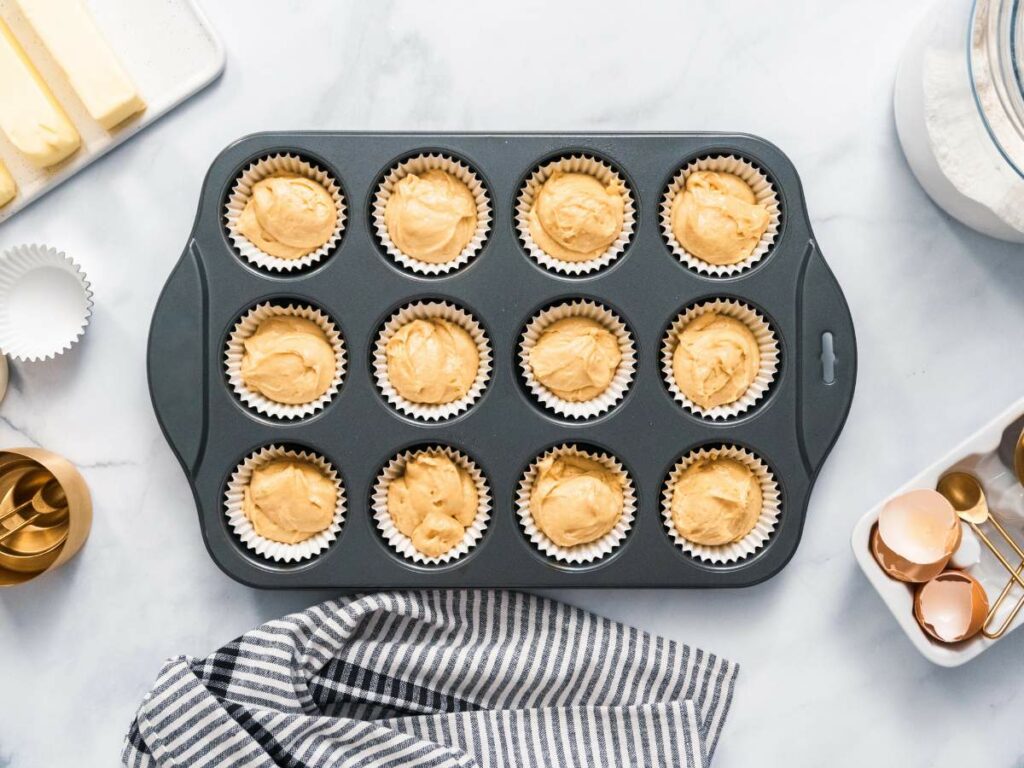
The bakeware essentials. These are the no-frills, must-have baking pans, sheet pans, pie plates and molds that we rely on daily. Why? Because they’re as basic as it gets, and you can’t beat that. We’re talking about the pans that cover all your bases for any baking adventure. These essentials, for cookies and bread to layer cakes, tarts and beyond, make every baking adventure a breeze.
9 X 13-Inch Baking Pan
The 9 x 13-inch baking pan, a true kitchen classic, is a quarter sheet pan that holds 14 cups of batter. This pan is my go-to for baking single-layer cakes, brownies, rolls, casseroles and various delicious treats. I prefer the reliability of metal pans for baking desserts and glass for casseroles.
“I love my 9-inch x 13-inch pan for holiday baking, bake sales and birthdays. You can make a larger number of cookie bars, brownies, cakes and even slab pies with it. It’s also great for school parties, as a single-layer cake is easier to eat and less messy to cut.”
— Erin Dooner, Texanerin
Square Baking Pan
This pan is perfect for smaller batches of baked goods. The 8-inch pan can hold 8 cups of batter. You can use a square pan for making cakes, cookie bars, brownies, fudge and small casseroles. Keep two on hand, especially when making layer cakes.
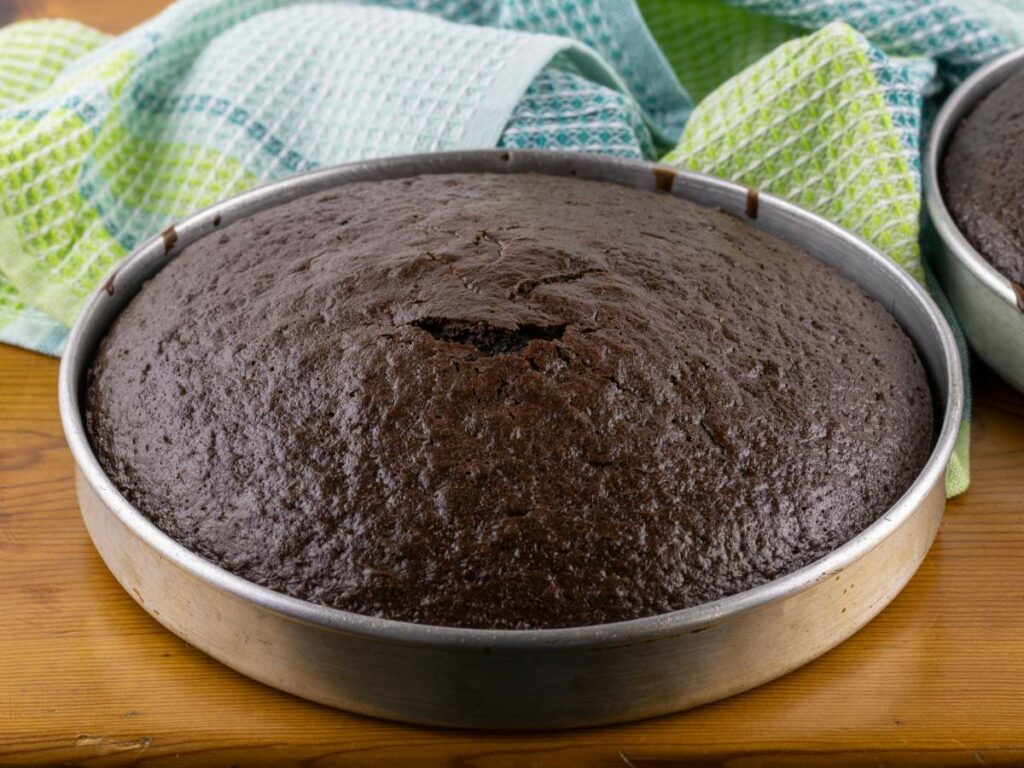
Round Cake Pan
Round cake baking pans offer countless uses. I favor 8-inch pans as they yield taller cake layers, but 9-inch pans work too. These versatile pans are not limited to cakes; they can also be used for rolls, cornbread, cobblers, and casseroles. It’s advisable to have at least two on hand.
Half-Sheet Pan
Consider purchasing three of these pans because you will use them for various recipes, such as baking large batches of cookies or even cooking bacon. These 18-inch x 13-inch baking sheets are indispensable in any kitchen due to their versatility. Choose sturdy, rimmed sheets that are resistant to warping under high heat, as this will ensure consistently baked treats.
12-Count Standard Muffin Pan
A muffin pan is a must-have for all types of recipes, and I suggest you have two 12-cup pans since muffin and cupcake recipes usually yield more than twelve. You can use these pans for more than sweets; try baking your stuffing, egg cups or scalloped potatoes in this type of pans for single servings.
“As a baking lover, one of my absolute must-haves is a 12-cup muffin pan. I use it all the time to make delicious muffins, mini cakes, cupcakes and savory treats such as quiches or mini breakfast casseroles. It is such a versatile tool that I can’t imagine baking without it.”
— Angela Pagliarello, The Bella Vita
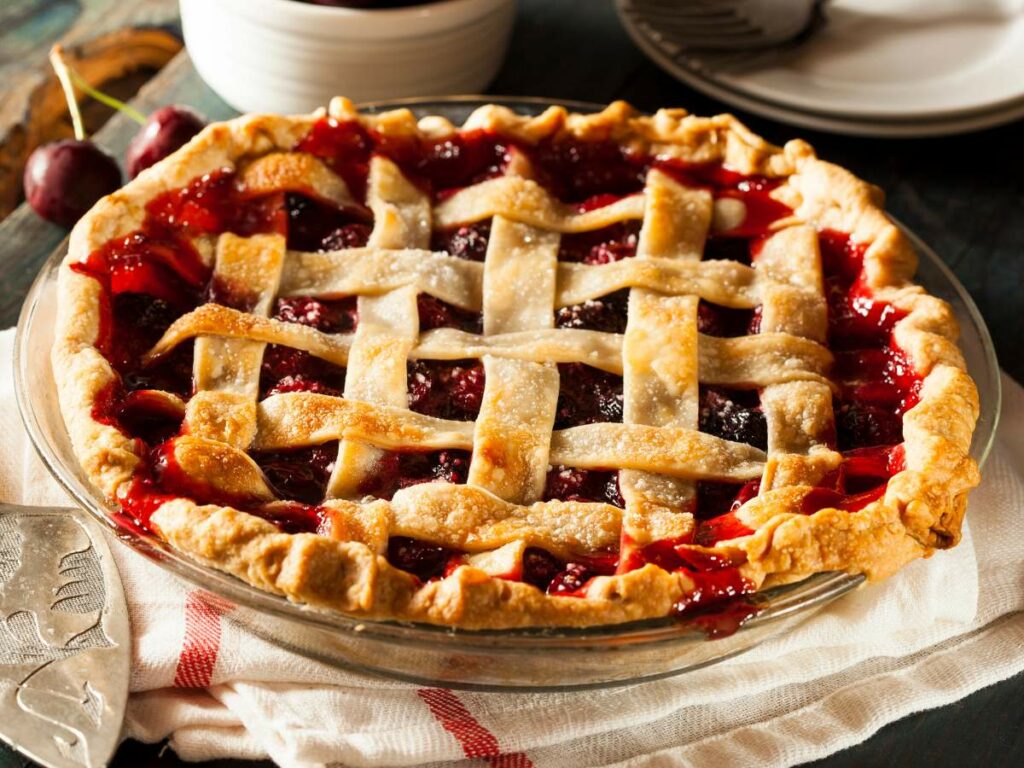
9-Inch Glass Pie Plate
The preferred choice for baking pies is a glass pie plate because it heats up slowly and ensures even cooking of the crust, filling, and edges. The transparency lets you watch the crust for browning, which is particularly convenient for longer baking times.
Deciding between a deep-dish pie plate and a shallower one ultimately boils down to personal preference. I recommend both types for different reasons. The shallower dishes are best for cream pies and graham cracker crusts, while deep-dish plates are ideal for fruit pies.
9 X 5-Inch Loaf Pans
If you love baking bread, you need a 9 x 5-inch loaf pan, the standard size for most bread recipes. Opt for a non-stick, sturdy, and durable one for better baking.
I highly recommend having a metal loaf pan in your kitchen cupboard. A metal pan heats up faster than glass, promoting a better rise and delivering crisper browner edges to your baked goods. Keep two baking pans on hand for multiple loaves.
Classic Bundt Cake Pan
Cake bakers make sure to have a 10 to 12-cup Bundt pan for those special occasion cakes. My top choice is the classic Bundt pan with a fluted shape. This pan can transform any ordinary cake into an elegant masterpiece.
In addition to making Bundt cakes, these pans are versatile, allowing you to create ice rings, jello molds and delightful monkey bread. Always choose a sturdy, non-stick pan for easy release, ensuring your cakes maintain their intricate shapes without sticking to the pan.
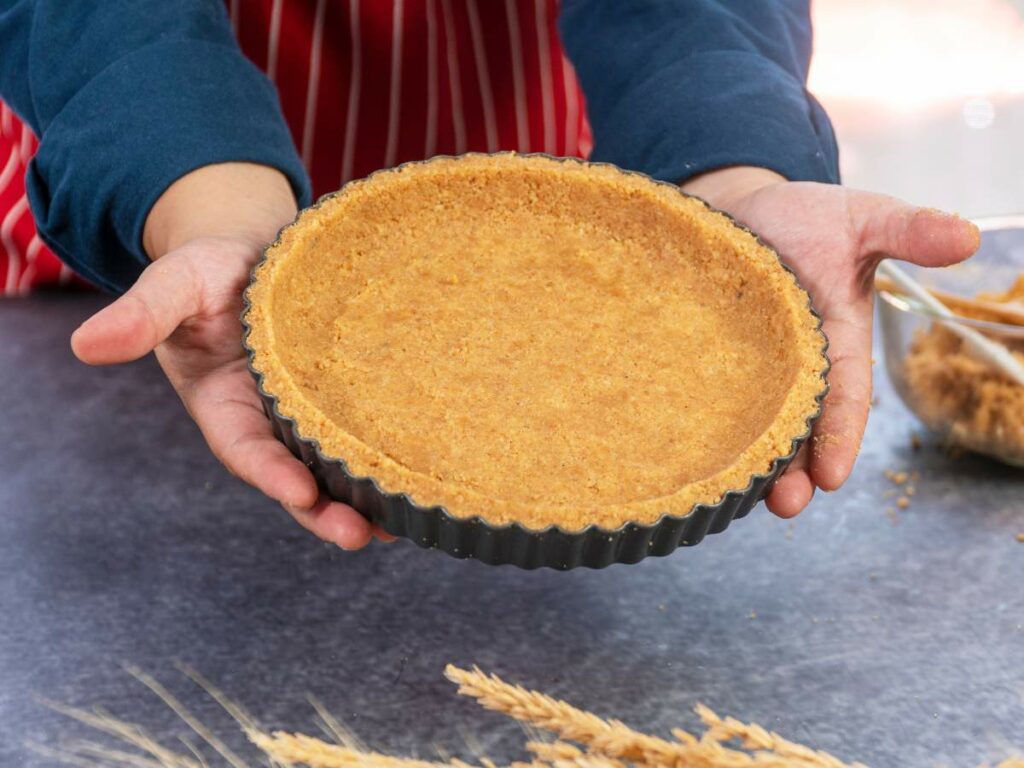
Tart Pan
Having a 9-inch tart pan is essential in the kitchen for several reasons. First, it provides versatility for making different types of tarts and quiches. Second, its removable bottom makes cutting and serving easy. Lastly, its fluted sides give the baked goods a distinctive shape. I find that the classic round-tart pan is my go-to choice, as it not only offers versatility but also has a timeless appeal.
Springform Pan
If you make cheesecakes, you need a springform pan that is heavy-duty and leakproof, perfect for recipes that involve a water bath. These pans have a detachable ring that creates the sides of the cake.
Once the cake is baked, you can easily remove the ring to expose the cake, making it simpler to cut and serve. Springform pans are an excellent choice for baking dishes, such as cheesecakes and quiches, that cannot be easily flipped over.
Key Factors To Consider When Buying Baking Pans
Choosing the right baking pans can make all the difference between a perfectly baked treat and a kitchen disaster. For anyone who loves to bake, high-quality pans are a must-have and make excellent gifts for bakers. Now that you know which pans you need to invest in, it’s essential to get good quality ones so you can enjoy them for years.
With so many options on the market, it can be overwhelming to know what to look for. Don’t worry; I’ll guide you through a few important factors that you should consider to find baking pans that will help you achieve pro-level results every time!
Material
The type of material affects heat distribution and baking time. Aluminum and stainless steel offer even heating, while glass and ceramic retain heat well but may cook slower. It all comes down to personal preference, as the aesthetic of these materials play a part in the decision, too.
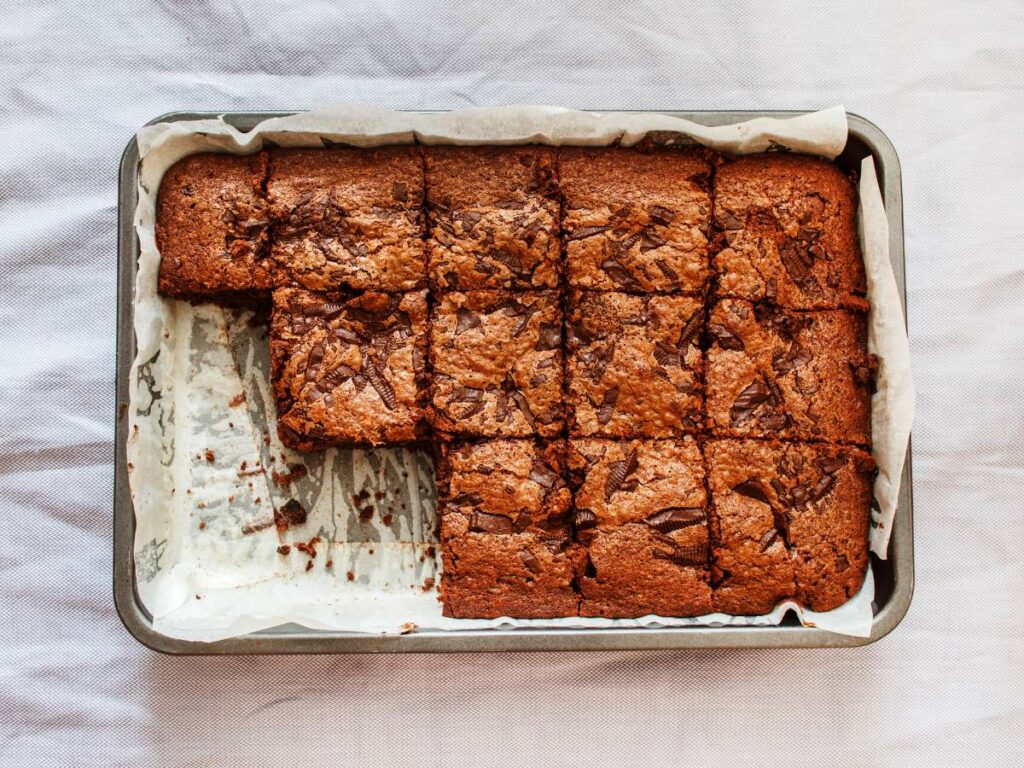
Coating
It’s a given that pans with a non-stick coating is a lifesaver when it comes to baking, especially for delicate treats like cakes, muffins, and brownies. The non-stick surface makes for easy release, meaning your baked goods slide out of the pan effortlessly, without sticking or breaking apart. This feature also makes cleanup a breeze.
However, not all non-stick coatings are created equal. Low-quality non-stick pans may wear out easily, while higher-end models tend to be more durable, maintaining their non-stick properties for a longer time with proper care.
On the other hand, uncoated metal pans (like stainless steel or aluminum) offer excellent heat distribution and can handle higher oven temperatures, which makes them more ideal for certain types of baking and roasting. However, they require more preparation to prevent sticking. You’ll need to grease or line the pans with parchment paper, which can add an extra step to your process.
Weight and Thickness
Heavier pans tend to be sturdier, distribute heat more evenly, and retain heat better, which helps maintain a consistent temperature throughout the baking process, making sure that your treats are cooked evenly from edge to center.
On the other hand, thinner pans can quickly warp at high temperatures, leading to uneven baking. Needless to say, thick and heavy pans are generally better in quality and are the better choice.
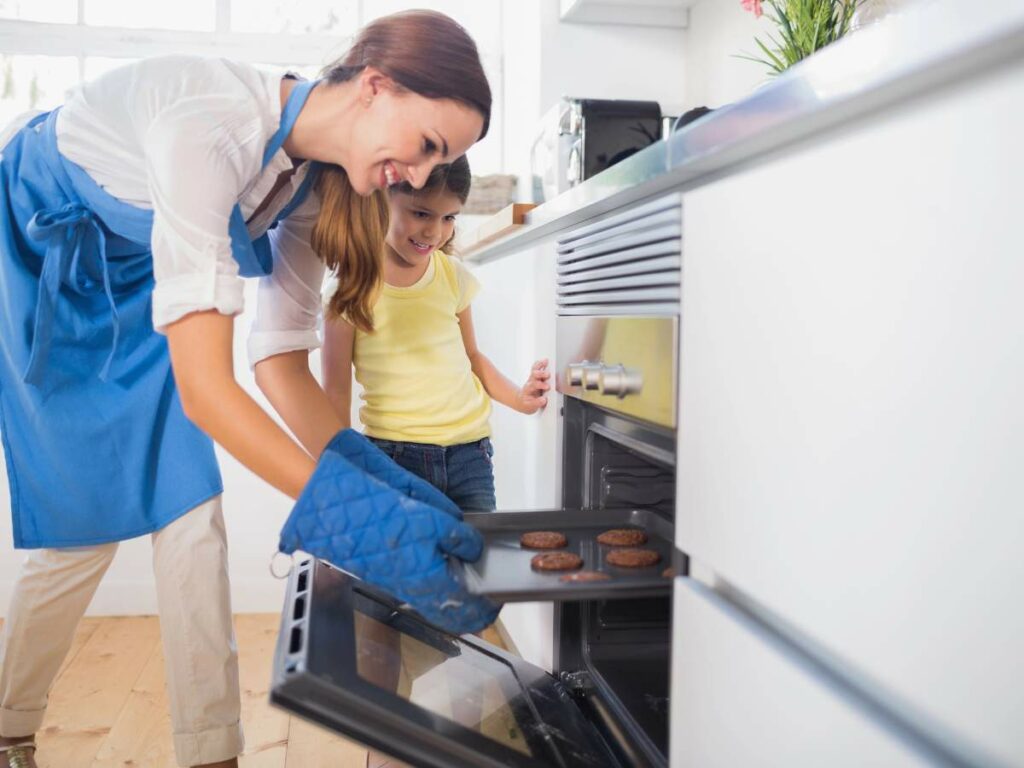
Easy Grip Handles
Have you ever baked a large batch of cookies and struggled to pull the baking sheet out of the oven without tilting it or burning your fingers? I certainly have! This is why easy grip handles are essential – look for pans with wide, easy-to-grip handles or rims, especially if you often bake heavy or large batches. They make transferring pans in and out of the oven safer and more comfortable.
Durability and Longevity
Since you’ll be using only a number of pans for the long term, invest in ones that are made from high-quality materials. Expect for these to be more expensive, you’ll be thanking yourself after some years and they’re still working great. Not only will they withstand the test of time, but they’ll also help you avoid the frustration of replacing flimsy pans every year, ultimately saving you money and giving you peace of mind in the kitchen.
Get ready to up your baking game with the only baking pans you need. You’ll always bake like a pro with these in your kitchen cupboard. Whether you’re a seasoned baker or just starting, these pans are your recipe for success. Happy baking!
Portions of this article originally appeared on Food Drink Life.

